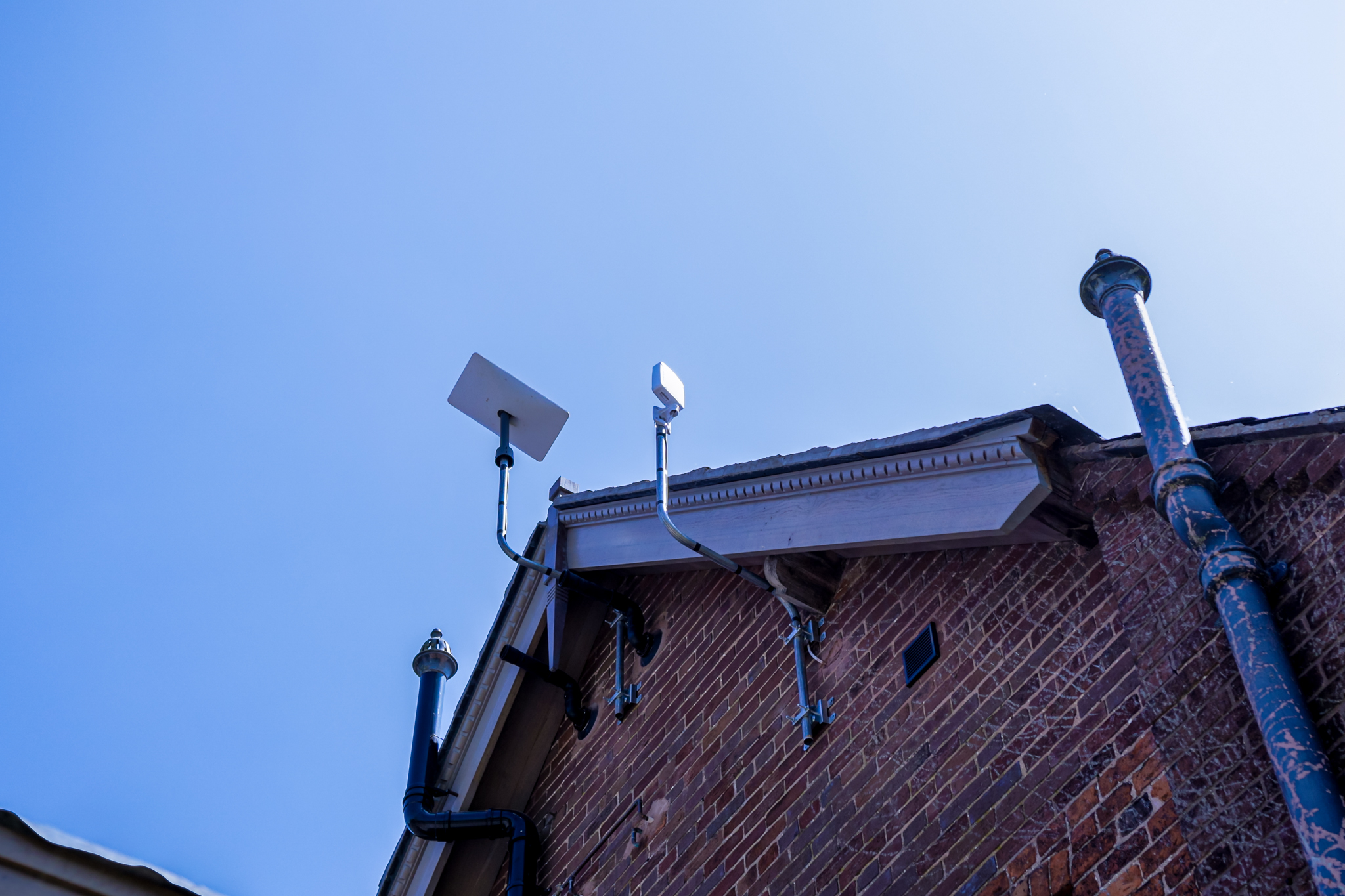
SpaceX's Starlink is revolutionizing the internet landscape, promising high-speed connectivity to every corner of the globe using a constellation of satellites. As with any technology, Starlink presents a mix of benefits and drawbacks, crucial for anyone considering this next-gen internet service.
Starlink is a satellite internet constellation being constructed by SpaceX, the American aerospace manufacturer and space transport services company led by Elon Musk. The constellation will consist of thousands of mass-produced small satellites in low Earth orbit (LEO), working in combination with ground transceivers.
SpaceX intends to provide satellite internet connectivity to underserved areas of the planet, as well as provide competitively priced service to urban areas. The project aims to improve internet access in remote and rural areas where it's hard to lay traditional internet cables. It also has the potential to provide high-speed internet across the globe.
4. Investment & Future-proofing Starlink can be seen as an investment. Not only for increasing the value of your home like any additions would do, but also as it is an expanding project. Getting the infrastructure in place early could save you time and money later down the line. With more and more companies likely to move to satellite coverage in the future, it may be smart to start early.
The Drawbacks of Starlink
Starlink's groundbreaking satellite internet service represents a giant leap forward in global internet coverage, bringing high-speed connectivity to places where it was previously unavailable or unreliable. However, potential users should weigh the service's high cost and potential weather sensitivity. As with any emerging technology, Starlink will likely evolve and improve over time, and it will be interesting to track its trajectory in the coming years.
Starlink is great option option for remote areas. Many smart home projects we have worked on have opted for Starlink as it is cheaper and easier than having a personal line installed by a standard internet provider. We've also seen more houses in non-rural areas opt for Starlink is a back up their usual provider.
If you're considering adopting this new-age internet or want to learn more about how it can integrate with your smart home setup, feel free to get in contact with us. We're here to help you navigate the world of smart technology.
You might also find our blog about 2.4GHz Vs. 5GHz Wifi useful. Click here to read.